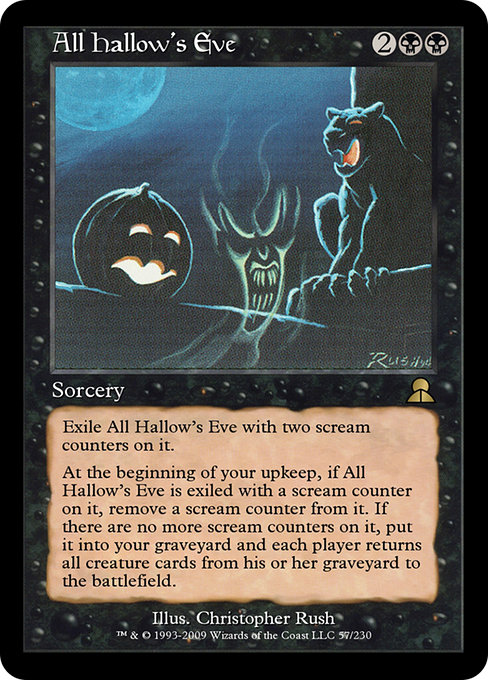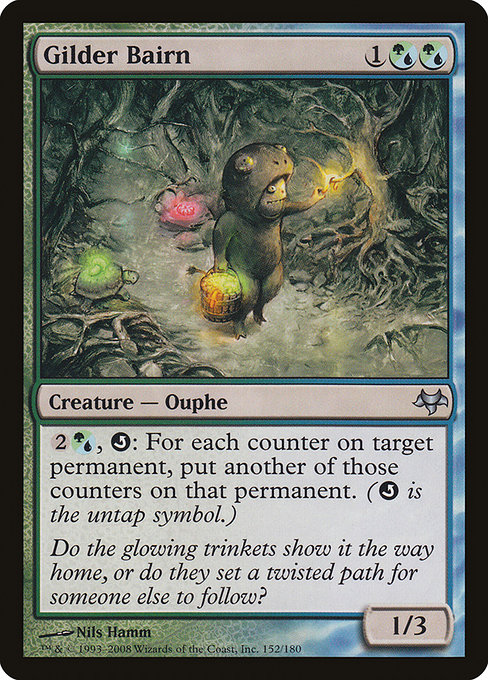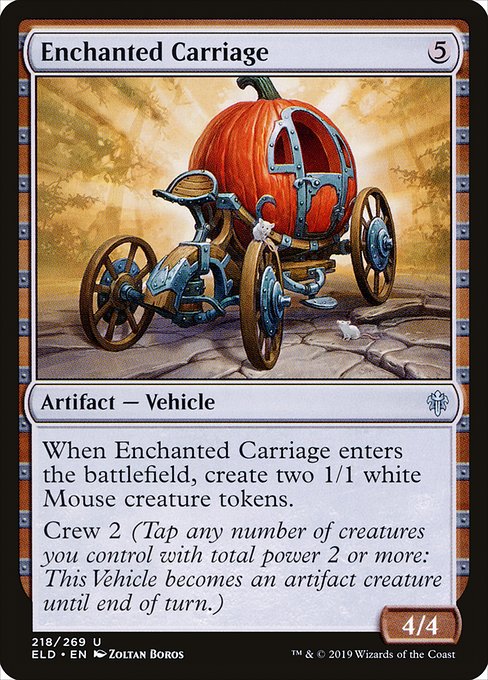Cover image: Turn Into a Pumpkin by Vincent Proce
Pumpkins have been cultivated for several thousand years, but are native to North and Central America. In other words, they didn’t make it to Europe until the colonization of the continent began. Once introduced to the global commercial trade, they took off everywhere, leading to delicacies like pumpkin ravioli, pumpkin tempura, and pumpkin halwa.
That makes sense, as the squash is a robust cultivar. Pumpkins are hardy, with tough, fast-growing vines that bounce back from pruning, and are high yield. They’re nutritious—high in vitamin A and C—and versatile, with edible leaves, flowers, and seeds. The tough rinds can be repurposed as a serving vessel for stews, curries, and custards made with the meat, allowing for a kind of rudimentary preservation.
Honestly, the least palatable part of the pumpkin is perhaps its meat. Most of the delicacies we think of when we think of pumpkins involve serious preparation, mostly drowning in cream or coconut milk or spicing with nutmeg, cinnamon, and allspice. (Starbucks’ famed Pumpkin Spice Latte, for example, didn’t have even a trace of pumpkin during its first twelve years of existence.) For less palate-prioritizing creatures, though, whole pumpkins are a decent source of food.

The popularity and proliferation of the humble pumpkin means it’s even found its way into Magic: the Gathering. Magic’s first canonical jack-o-lanterns were seen on All Hallow’s Eve, before the Magic style guide was really locked down. Ice Age’s Brushland was the first representation of cultivated pumpkins. After that, pumpkins went dormant. You’re not apt to find pumpkins on Mirrodin or Grixis or Tarkir—they’re a robust crop, but not that robust—and it’s rare to have a Magic set focused on the more peaceful sides of civilization, like agriculture and folklore (although I’d make the argument that folklore only comes about with the threat of implicit violence—certainly the case with jack-o-lanterns).
There are some places in Magic’s multiverse that are conducive to winter squashes, though. Lorwyn’s Fertile Ground gave us something of a preview for Shadowmoor, with its collection of vibrant squash and gourds. Shadowmoor was based on British and Irish folklore (often to pretty recondite lengths) so there are several references to the Irish traditions that gave us our modern Halloween. Gilder Bairn is out trick-or-treating and there are bubbling cauldrons and scarecrows and cackling hags.

Strangely, the British-inflected Shadowmoor didn’t touch on pumpkins or jack-o-lanterns. The jack-o-lantern tradition as we know it now only dates back to the turn of the 19th century—while Irish phantophobes had carved turnips for centuries to ward off ghosts, the pumpkin versions only came into the American tradition with the influx of Irish immigrants of the 1800s. “Jack-o-lantern” is the same taxonomic pattern as “will-o’-the-wisp,” meaning “Will of the torch” with “Jack” and “Will” standing in as a placeholder name. (It’s the 19th century British equivalent of us calling a random representative of the populace “John Q. Public.”) Turnips are smaller and denser than the essentially hollow pumpkin, so it was a simple substitution to move to the American squash.
Our first visit to Innistrad had pumpkin imagery, but more as an Easter Egg, as in Hollowhenge Scavenger. Innistrad back in 2011 was a slightly different world—before the opening of the Helvault, or the derangement of the Angels, or the arrival of Emrakul—where it felt more like the perpetually hazy and chilly days of a European December. Eldraine brought Turn into a Pumpkin, Return to Nature, and Enchanted Carriage, but these are direct references to a fairytale, rather than cultural insights into the land of Eldraine. Insatiable Appetite does show us that pumpkins are cultivated in Eldraine, though.

This brings us to Midnight Hunt, which is fully leaning into the tropes of folk horror fiction and the harvest. In color and shape, pumpkins resemble the harvest moon. You can’t have a harvest without the hardy squash, so Midnight Hunt is absolutely loaded with pumpkins. Donato Giancola’s Overgrown Farmland and Andreas Rochas’ Plains depict entire fields of pumpkins, and the Harvest Festival had a pumpkin carving component, as seen on Festival Crasher and the Human token.
We’re not just seeing pumpkins as a one-of, as in Brushland, but as a culinary and cultural artifact. Innistrad is most inspired by Germany/Prussia in the medieval era, judging by architecture and technology, so pumpkins are a bit anachronistic. Vorthos Mike has written extensively and beautifully about these signifiers and I don’t have much to add to his masterly articles, but the presence of “New World” crops is a bit distracting. Then again, we don’t balk at werewolves, so a few out-of-place cultivars aren’t going to break our immersion. More than anything, we need those comforting connections to the real world outside of Magic to keep us grounded.

Innistrad was a deliberate correction to the Shadowmoor model, with its kelpies and pookas and boggarts. Instead of calling back to the folklore, Innistrad calls back to the culture that is inspired by the folklore: think a Kamigawa based on Kwaidan rather than on the concept of Shintoist folklore. It’s a savvy way to handle influence on Magic’s planes—not many people were familiar with oni or pooka, but they are familiar with the thrice-diluted pop culture versions. That one level of remove means Magic can put its stamp on something without requiring significant research from its audience, especially when we only spend a few months on a plane.
I can take or leave pumpkin as a vegetable, but I’m a fiend for the seeds and an occasional pumpkin spice latte proponent. My preferred method of pumpkin consumption is pumpkin ale—with Foothills’ brew as a recent challenger to old standbys Pumking and Dogfish Head. But more than that, I’m a fan of what pumpkins represent. Pumpkins are an anchor—they swell and ripen in the last warm days of summer and survive the first frost; they reassure people in times of scarcity that they’ll have nourishment as autumn grows bitter.
Pumpkins are comforting, both in the sense that they offer nutrition security and, in the American folk tradition, as a way to distract and defang troublesome spirits. That’s why they’re so present—and so resonant—in Midnight Hunt: as things get dire on Innistrad, as we head into winter, the staunch squash represents something sane and dependable, a symbol of abundance in a darkening land.
A lifelong resident of the Carolinas and a graduate of the University of North Carolina, Rob has played Magic since he picked a Darkling Stalker up off the soccer field at summer camp. He works for nonprofits as an educational strategies developer and, in his off-hours, enjoys writing fiction, playing games, and exploring new beers.

